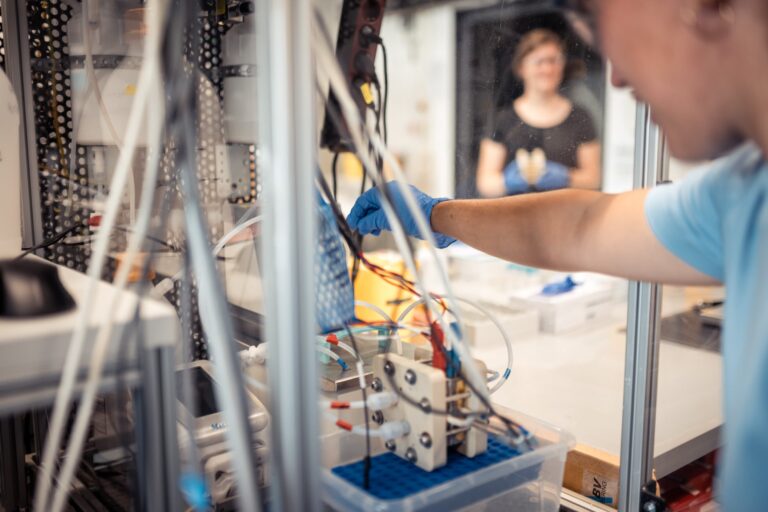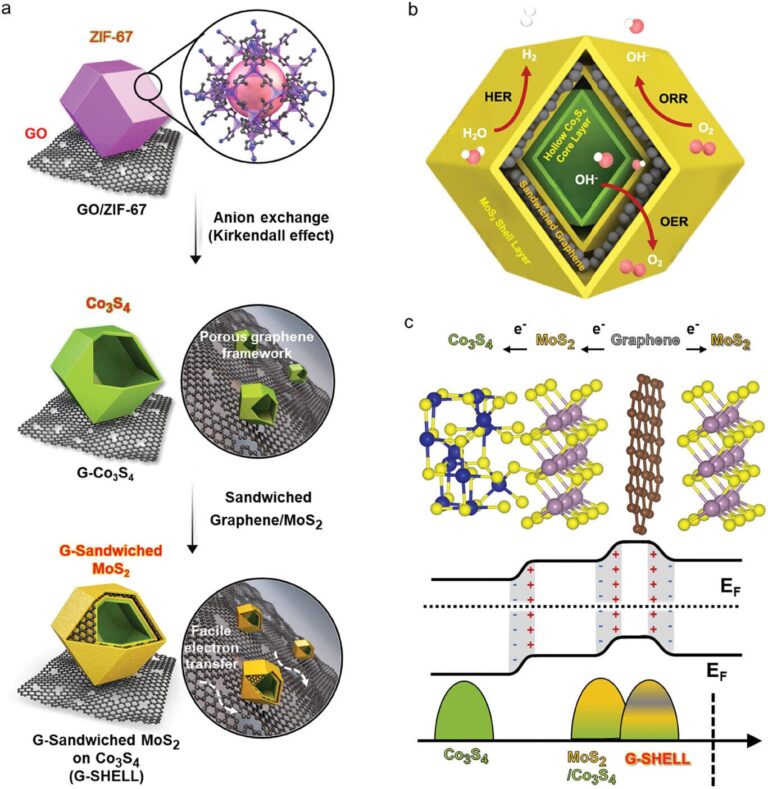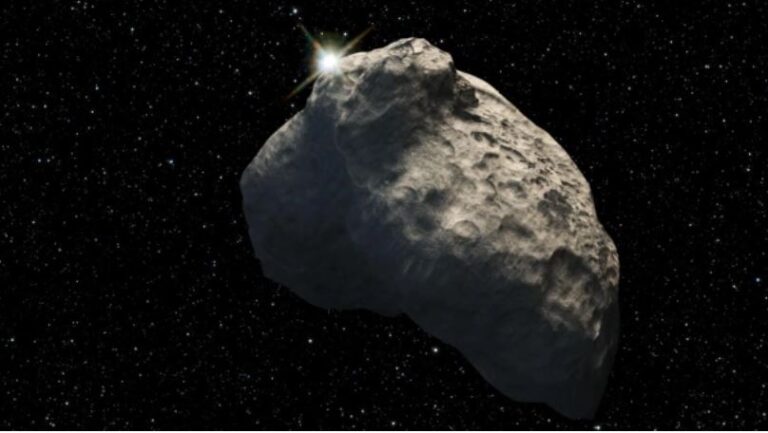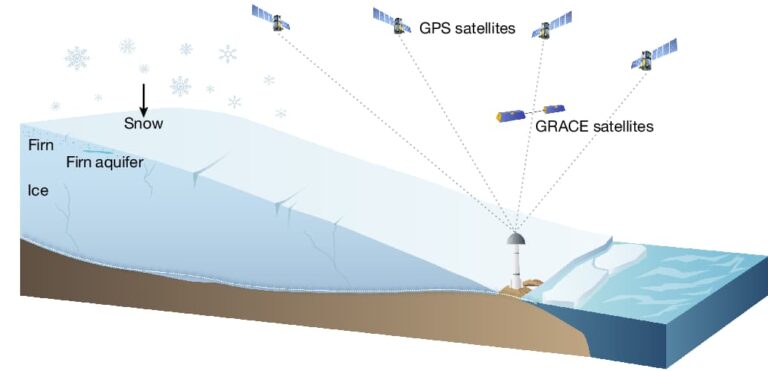Battery Made from Water and Clay Paves the Way for Future Mars Missions
In a groundbreaking innovation, researchers have successfully developed a novel, eco-friendly battery utilizing two of Earth’s most abundant resources: water and clay. This pioneering technology has far-reaching implications, particularly for upcoming manned missions to Mars, where sourcing traditional battery materials would be highly impractical. By leveraging components readily available on the Red Planet, this sustainable battery is poised to play a crucial role in the quest for a reliable, Martian energy storage solution.
Rethinking Traditional Battery Architecture
Conventional batteries rely on metal electrodes and lithium salt solutions, carefully balanced between two electrodes with opposing charges. In stark contrast, this innovative design employs graphene electrodes submerged in a water-clay solution. The true ingenuity lies in the manufacturing process, where thin, nanometer-scale channels within the clay layers are filled with purified water. This confinement transforms the water into a “working fluid,” facilitating the separation of charges as particles migrate between the electrodes, thereby enabling energy storage.
Impressive Performance and Endurance
The sustainable battery has demonstrated remarkable capabilities, producing up to 1.6 volts of energy while withstanding an astonishing 60,000 charge-discharge cycles without any discernible loss of efficiency. This feat is all the more impressive considering the humble, earthy origins of its constituent materials.
Mars, Here We Come: Broad Applicability and Interplanetary Potential
To maximize versatility, the researchers intentionally kept the design simple, envisioning applications that extend far beyond our planet. A thorough analysis of Martian clay types has already identified suitable options compatible with this innovative battery design. As outlined in a pre-published paper on arXiv, this breakthrough could soon power the Red Planet’s future inhabitants. This development joins the ranks of other cutting-edge battery technologies, such as the recently unveiled stretchable battery capable of conforming to various shapes and forms.
Key Takeaways:
- Sustainable Materials: Water and clay replace traditional metal and lithium salt solutions
- Innovative Manufacturing: Nanometer-scale clay channels filled with purified water enable charge separation
- Impressive Performance: Up to 1.6 volts, with 60,000 charge-discharge cycles without efficiency loss
- Mars Mission Potential: Compatible with Martian clay types, offering a reliable energy storage solution for future manned missions
- Broad Applicability: Simple design facilitates versatile use, both on Earth and beyond





